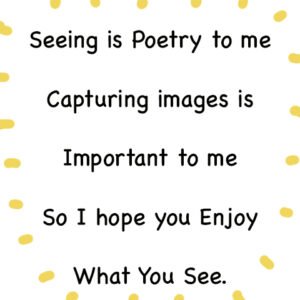Bad weather is good weather! Yes, you read that correctly, bad weather is good weather. Going out on a sunny day isn’t always the best choice when it comes to photographing great landscapes. I have found over the years the best days to go out are on an overcast day with a great chance for rain. This will allow you to create an incredible image with a sense of awe and wonder. The great thing about bad weather is it brings out the great color in the sky. You also have a chance for lightning, rainbows, mist, and puffy dark contrasting clouds to photograph in your landscapes. Another great thing about bad weather is having beams of light coming through clouds making for a great landscape photo opportunity.
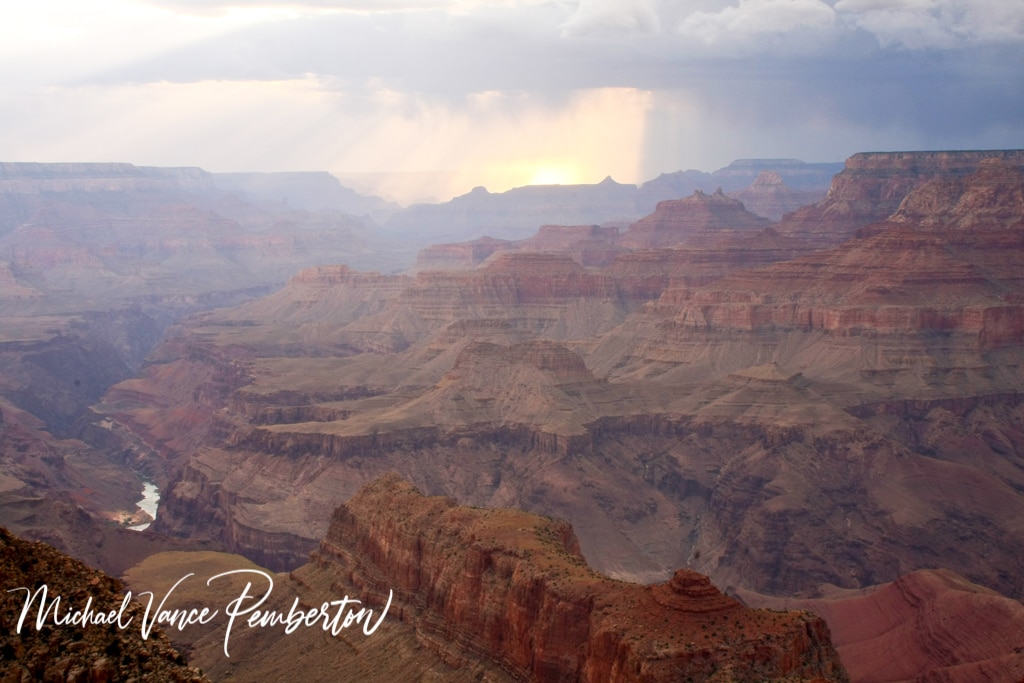
Leading lines in landscape photography.
What I mean by leading lines is to look for something in your composition to draw the person in looking at your photographs. Lines give an image depth and scale, drawing the viewer into a point of interest. There are four types of main lines in an image; horizontal, vertical, diagonal, and converging lines. When using this technique, ask yourself whether the lines form an interesting pattern in your image adding to the value and interest of the shot. Does it help to draw in the viewer of the image? Or is it distracting taking away from your image?
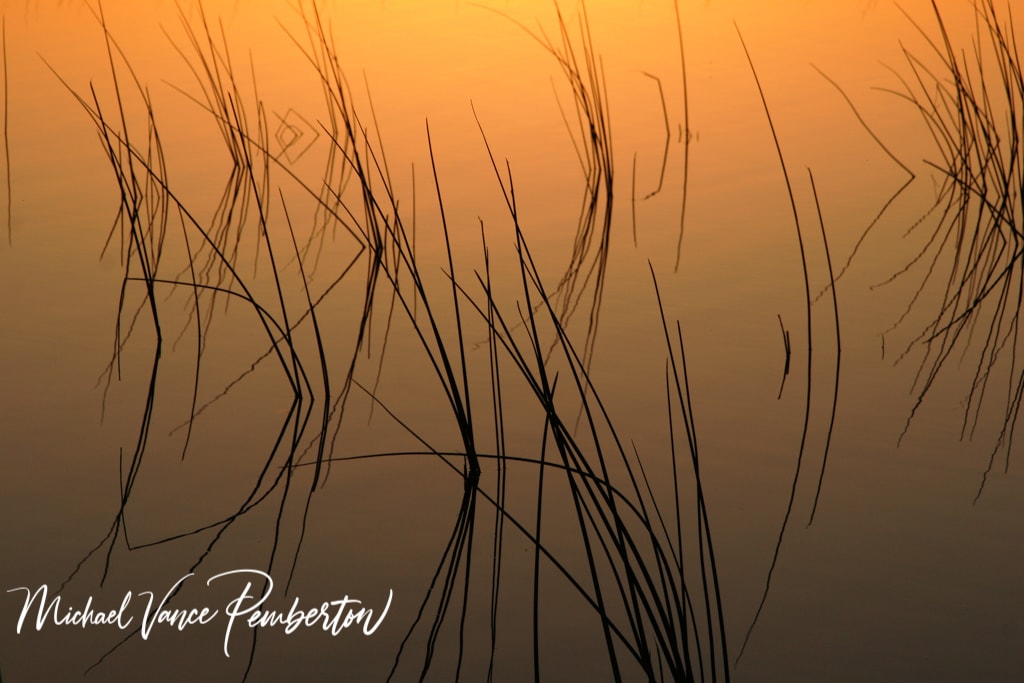
Capture movement in your images.
When I first started doing landscape photography I used to think I would be photographing things having no movement. I thought photographing landscapes and mountains would be easy because they are not going to move. But then I started to realize, wind makes trees move, flowers move, plants move and there would be clouds with birds flying overhead. In the image above the wind was blowing like crazy. You can see the movement in the grass and the leaves. Movement in a landscape image can add so much drama and can change the mood of the image dramatically. One thing to keep in mind when capturing movement in a landscape is you will need to use long shutter speeds. This means there will be more light hitting your sensor so you will want to go for a smaller aperture or you can use some type of filter to help with that process.
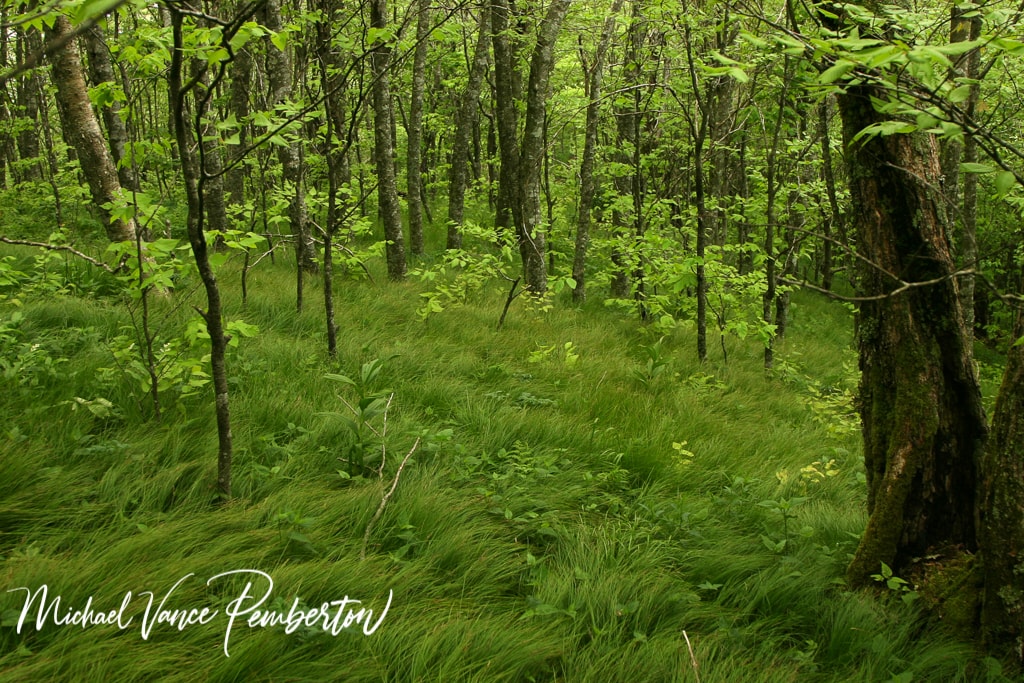
Get the most out of your depth of field.
In landscape photography most of the time you’re trying to get as much of the scene in focus as possible. To do this you will use a small aperture setting aka a large number. The smaller the aperture you choose the greater the depth of field you will have in your shots. Don’t forget when using smaller apertures you will have less light hitting your image sensor so you will need to compensate either by increasing your ISO or lengthening your shutter speed.

Use a tripod for landscape photography.
Using a tripod for landscape photography will improve it dramatically. A lot of the time in landscape photography you will be using a longer shutter speed because of the fact you will be using small apertures. You will need to keep the camera still during the long exposure times. I would recommend getting a cable release or wireless shutter release for your camera which will help keep your camera still. This way you won’t bump your camera while you’re taking a photo.
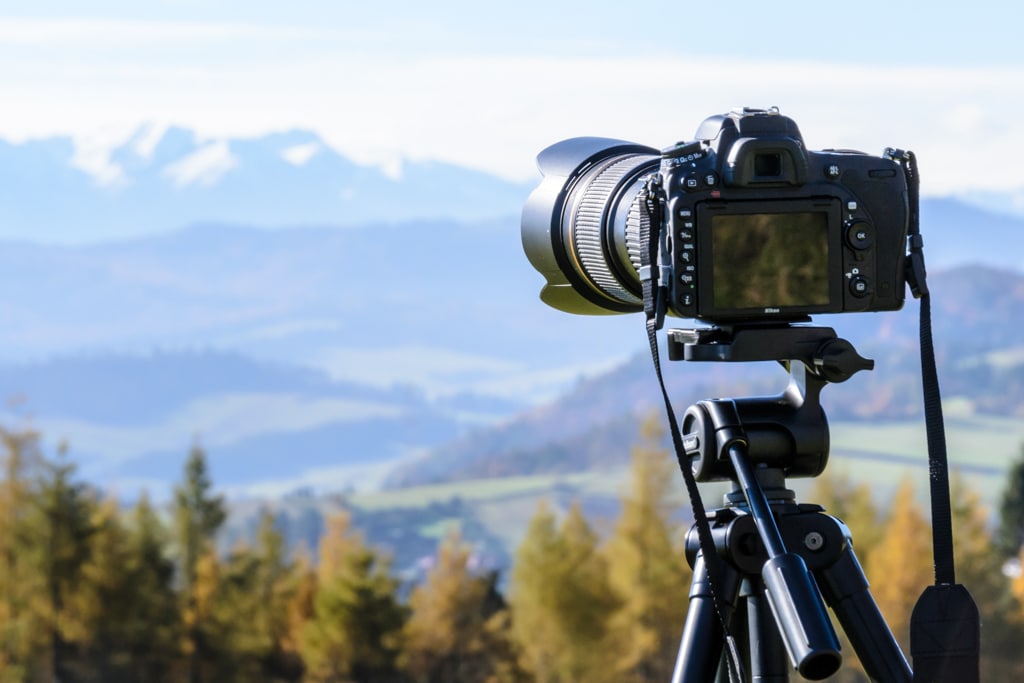
Have an interesting sky.
If possible go out on days where it’s overcast or partly cloudy. Having clouds in your photographs can take your shots from being boring and bland to having it filled with drama. If you’re out during a thunderstorm don’t forget to turn around and look around when you’re taking your photographs. I was out one day in Flagstaff, Arizona with my aunt Kathey, we were photographing during a storm and all of a sudden we turned around looking behind us and there was a rainbow going over the San Francisco mountain peaks. We would have missed this amazing shot if we did not look behind us. So take the time to turn around and see what is behind you. Something else you can do is to use polarizing filters which can help add to the color and contrast of your images.
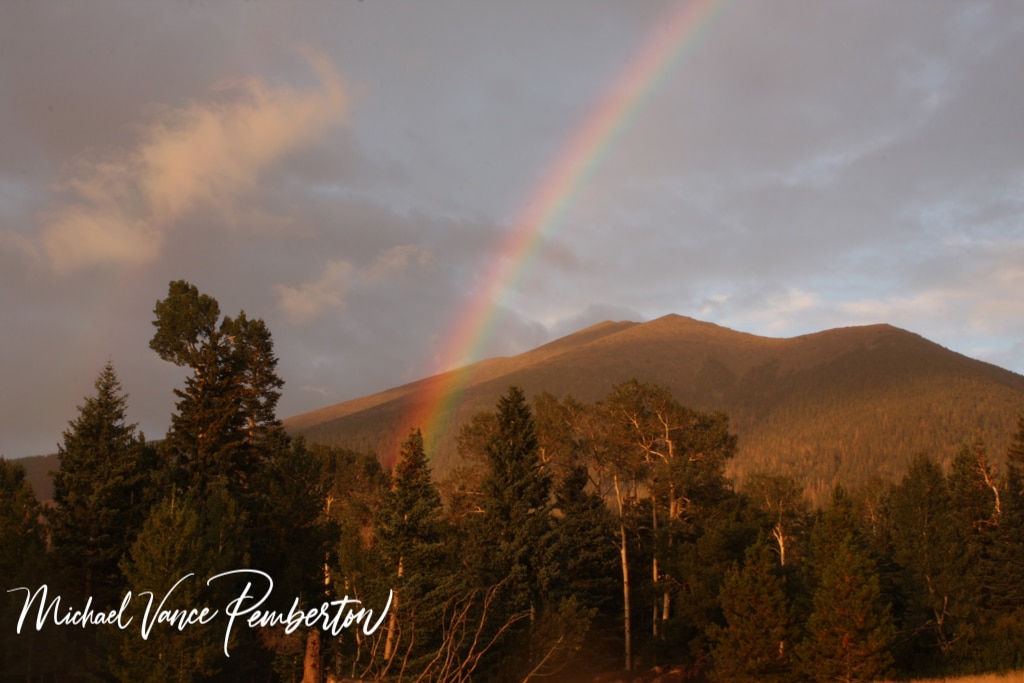
The Golden Hour.
The golden hour is referring to dawn and dusk. Those are what I found to be the best times to go out and shoot landscapes because the light during those times is at its best. Another thing to keep in mind about going out at dawn and dusk is the angle of the light during this time. The golden hour can create interesting dimensions, texture, and patterns in your images. Going out in the middle of the day to do landscapes has never worked for me because the light is way too harsh. So get up early, get prepared, get out there and set up before the sun rises. Then take the time to stay out until the sunsets.
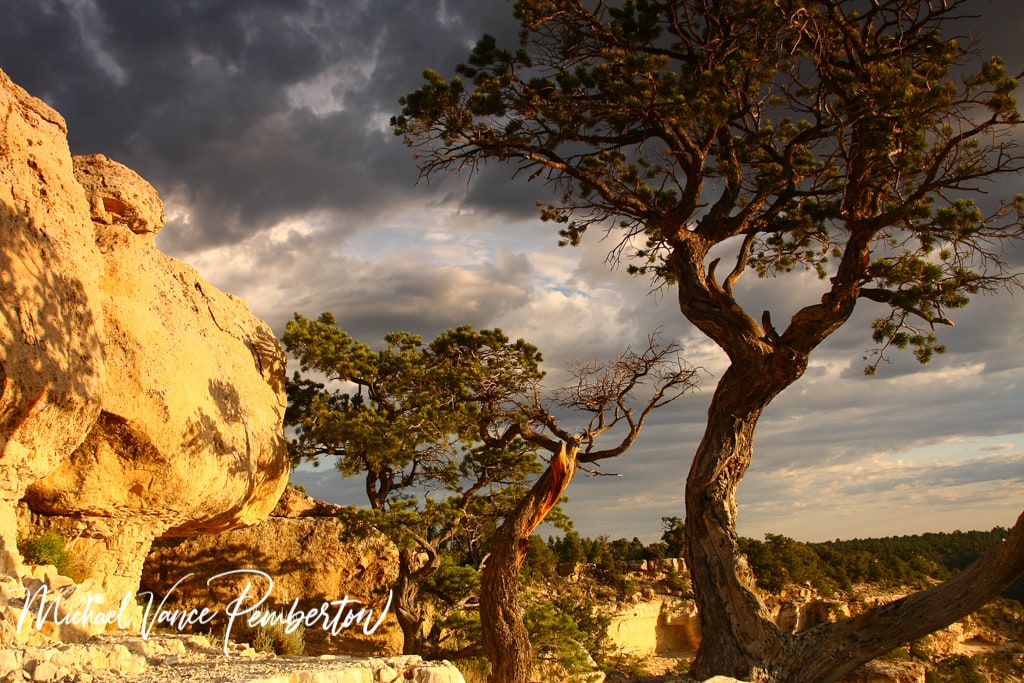
Pay attention to your horizon.
Most digital cameras these days have an option where you can check your virtual horizon. So take a look at your camera’s manual and see if it has this option. You can ruin a great landscape image if you don’t have your horizon correct in the composition of your image.
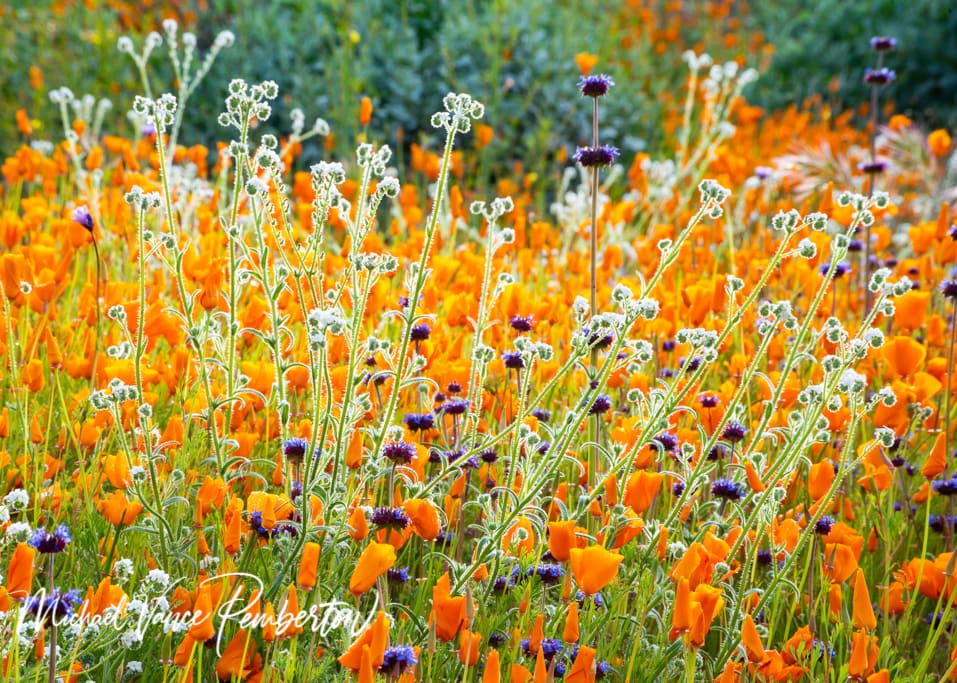
Look at your foreground.
There’s one thing that can help when it comes to landscape photography, paying attention to the foreground. When I was first taking landscape images I was always looking way ahead of what I was photographing. Then I would get home, take a look at the images I photographed and there was always something in the foreground being very distracting and took away from the landscape itself. One thing that can help is when you pay attention to the foreground and find something that can create a sense of depth in your shot which will also add to your image. Look for something to draw your viewer into the image. Having a good foreground is important for creating a great landscape image.
Key in on your focal point.
Make sure to find a good focal point for your image. It could be a building, some type of structure, a tree or even a boulder. It could be anything. Landscape images always need some type of focal point. Without it, your image will look empty and leave your viewers wondering throughout the image with nowhere to rest. Something helpful is to remember the rule of thirds. The rule of thirds involves mentally dividing up your image using two horizontal lines and two vertical lines.
Conclusion.
I hope my top 10 landscape photography tips will help you with your landscape photography.


Recent Posts
In the picturesque town of Vidalia, Georgia, where sprawling onion fields meet the horizon, something truly extraordinary takes flight every spring. Amidst the sweet aroma of Vidalia onions, the sky...
Aviation has always captivated the human imagination, embodying the spirit of adventure and pushing the boundaries of what's possible. Among the many narratives woven into the tapestry of aviation...
